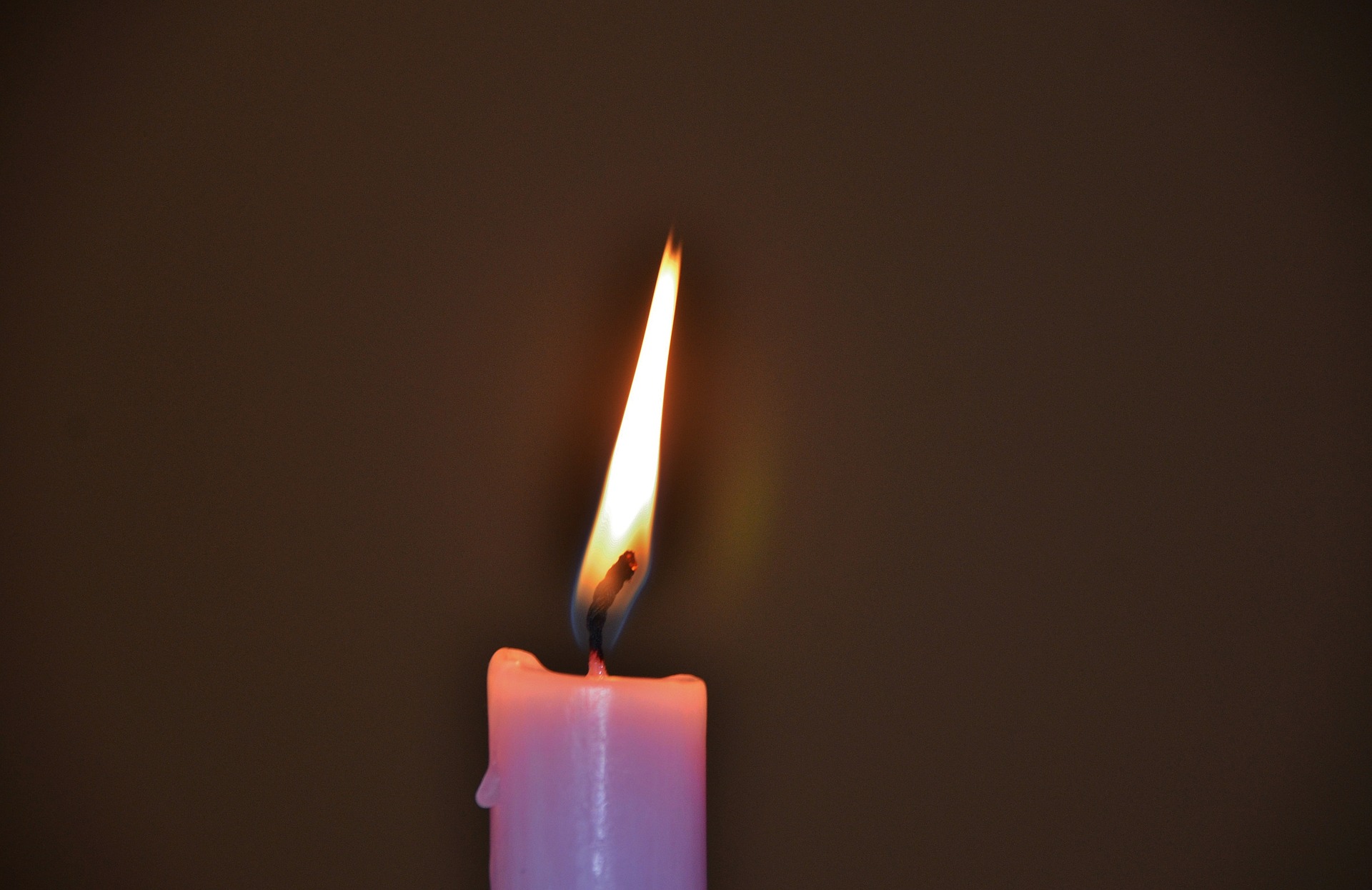Answered by Legionary of Christ Father Edward McNamara, professor of liturgy and sacramental theology and director of the Sacerdos Institute at the Regina Apostolorum university.
Q: Our parish will have extended periods of adoration of the Blessed Sacrament in a chapel in a section of the large sacristy. A special tabernacle with a double door — the inner one has a round glass insert where a large host will be visible while the outer one is solid and decorative — is being installed. The pastor says that only one candle (like the sanctuary lamp in the main church) will be lit when the outer door is open and the Blessed Sacrament is exposed. Is this the proper procedure for such a setup? — T.P., New Jersey
A: I would say that this is not quite the case. The principal norms for exposition are found in the 1973 document “Rites for Holy Communion and Worship of the Eucharist Outside Mass.”
First of all, a distinction is required. There are two kinds of exposition: simple and solemn.
Simple exposition is with the closed pyx or ciborium and has fewer ritual requirements.
Solemn exposition is when the host is visible in any way possible. This may be brief or prolonged depending on whether the host is exposed for a relatively brief period of 20 minutes or so to a couple of hours or is extended to several hours during the day or even several days or weeks.
It makes no difference whether the host is exposed in a monstrance on the altar or by means of the secure tabernacle described above; it is always a case of solemn exposition and must follow the norms for this form.
The principal norms that refer to our question are the following:
“85. For exposition of the blessed sacrament in the monstrance, four to six candles are lighted, as at Mass, and incense is used. For exposition of the blessed sacrament in the ciborium, at least two candles should be lighted and incense may be used.
“88. Where there cannot be uninterrupted exposition because there is not a sufficient number of worshipers, it is permissible to replace the blessed sacrament in the tabernacle at fixed hours that are announced ahead of time. But this may not be done more than twice a day, for example, at midday and at night.
“The following form of simple reposition may be observed: the priest or deacon, vested in an alb, or a surplice over a cassock, and a stole, replaces the blessed sacrament in the tabernacle after a brief period of adoration and a prayer said with those present. The exposition of the blessed sacrament may take place again, in the same manner, and at a scheduled time.
“Brief Period of Exposition
“89. Shorter expositions of the eucharist are to be arranged in such a way that the blessing with the Eucharist is preceded by a reasonable time for readings of the word of God, songs, prayers, and a period for silent prayer.
«Exposition merely for the purpose of giving benediction is prohibited.”
“III. Minister of Exposition
“91. The ordinary minister for exposition of the eucharist is a priest or deacon. At the end of the period of adoration, before the reposition, he blesses the congregation with the sacrament.
“In the absence of a priest or deacon or if they are lawfully impeded, the following persons may publicly expose and later repose the eucharist for the adoration of the faithful:
“a. an acolyte or special minister of communion;
“b. upon appointment by the local Ordinary, a member of a religious community or of a pious association of laymen or laywomen which is devoted to eucharistic adoration.
“Such ministers may open the tabernacle and also, as required, place the ciborium on the altar or place the host in the monstrance. At the end of the period of adoration, they replace the blessed sacrament in the tabernacle. It is not lawful, however, for them to give the blessing with the sacrament.”
In light of the above, we can say that the first time the host is exposed during the day it should be incensed and if possible accompanied by song. This norm remains in force even if the exposition only requires the opening of the outer door of the tabernacle.
An exception to this norm would be the case of when perpetual adoration is interrupted during the night by reserving the host and is exposed anew in a simple manner in the morning. As we have seen, the norms allow for two interruptions of prolonged adoration during any one day.
Since we are dealing with solemn exposition the norms require lighting at least four candles with the possibility of six. Therefore, the use of only a sanctuary lamp is insufficient.
* * *
Readers may send questions to zenit.liturgy@gmail.com. Please put the word «Liturgy» in the subject field. The text should include your initials, your city, and your state, province or country. Father McNamara can only answer a small selection of the great number of questions that arrive.



